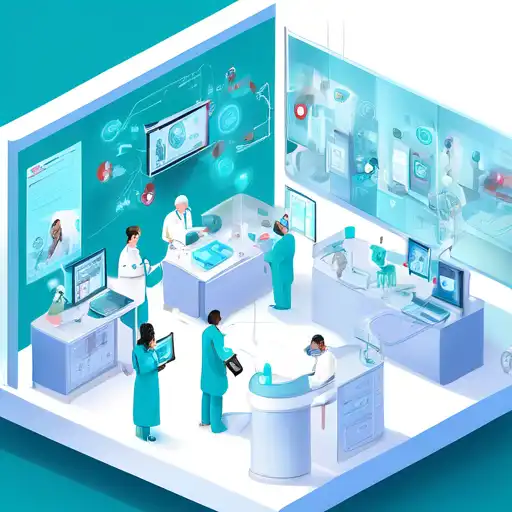Introduction to IoT in Healthcare
The Internet of Things (IoT) is revolutionizing various sectors, and healthcare is no exception. By integrating IoT devices into medical services, healthcare providers can offer more personalized, efficient, and effective care. This article explores how IoT is transforming healthcare services, improving patient outcomes, and streamlining operations.
Enhanced Patient Monitoring
One of the most significant benefits of IoT in healthcare is the ability to monitor patients in real-time. Wearable devices and sensors can track vital signs such as heart rate, blood pressure, and oxygen levels, transmitting this data directly to healthcare professionals. This continuous monitoring allows for early detection of potential health issues, enabling timely interventions.
Improved Medication Management
IoT devices are also making medication management more efficient. Smart pill dispensers can remind patients to take their medication and alert healthcare providers if doses are missed. This technology is particularly beneficial for elderly patients or those with chronic conditions who require strict adherence to medication schedules.
Streamlined Hospital Operations
Beyond patient care, IoT is optimizing hospital operations. Smart inventory systems can track medical supplies in real-time, ensuring that critical items are always available. Additionally, IoT-enabled equipment can predict maintenance needs, reducing downtime and improving service reliability.
Remote Patient Care
IoT is breaking down geographical barriers in healthcare. Telemedicine platforms, powered by IoT devices, allow patients to consult with doctors from the comfort of their homes. This is especially valuable for individuals in remote areas or those with mobility challenges.
Challenges and Considerations
While IoT offers numerous advantages, there are challenges to consider. Data security and privacy are paramount, as sensitive patient information is transmitted across networks. Healthcare providers must implement robust cybersecurity measures to protect against breaches.
Conclusion
The integration of IoT into healthcare services is paving the way for a more connected and efficient medical ecosystem. From real-time patient monitoring to streamlined hospital operations, IoT is enhancing the quality of care and improving patient outcomes. As technology continues to evolve, the potential for IoT in healthcare is limitless.
For more insights on how technology is shaping the future of healthcare, explore our articles on digital health trends and the benefits of telemedicine.
